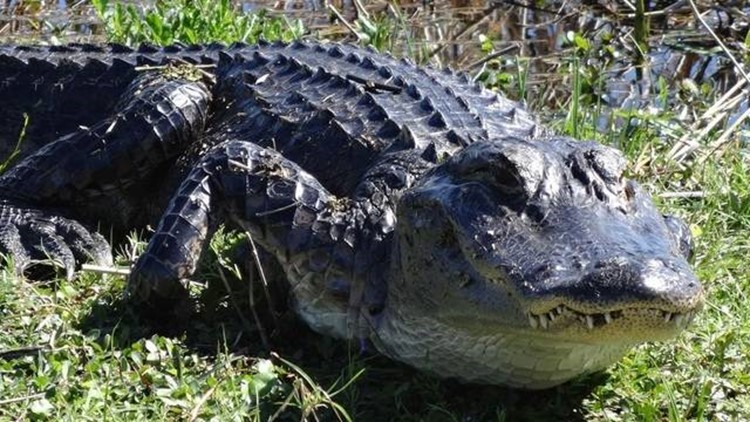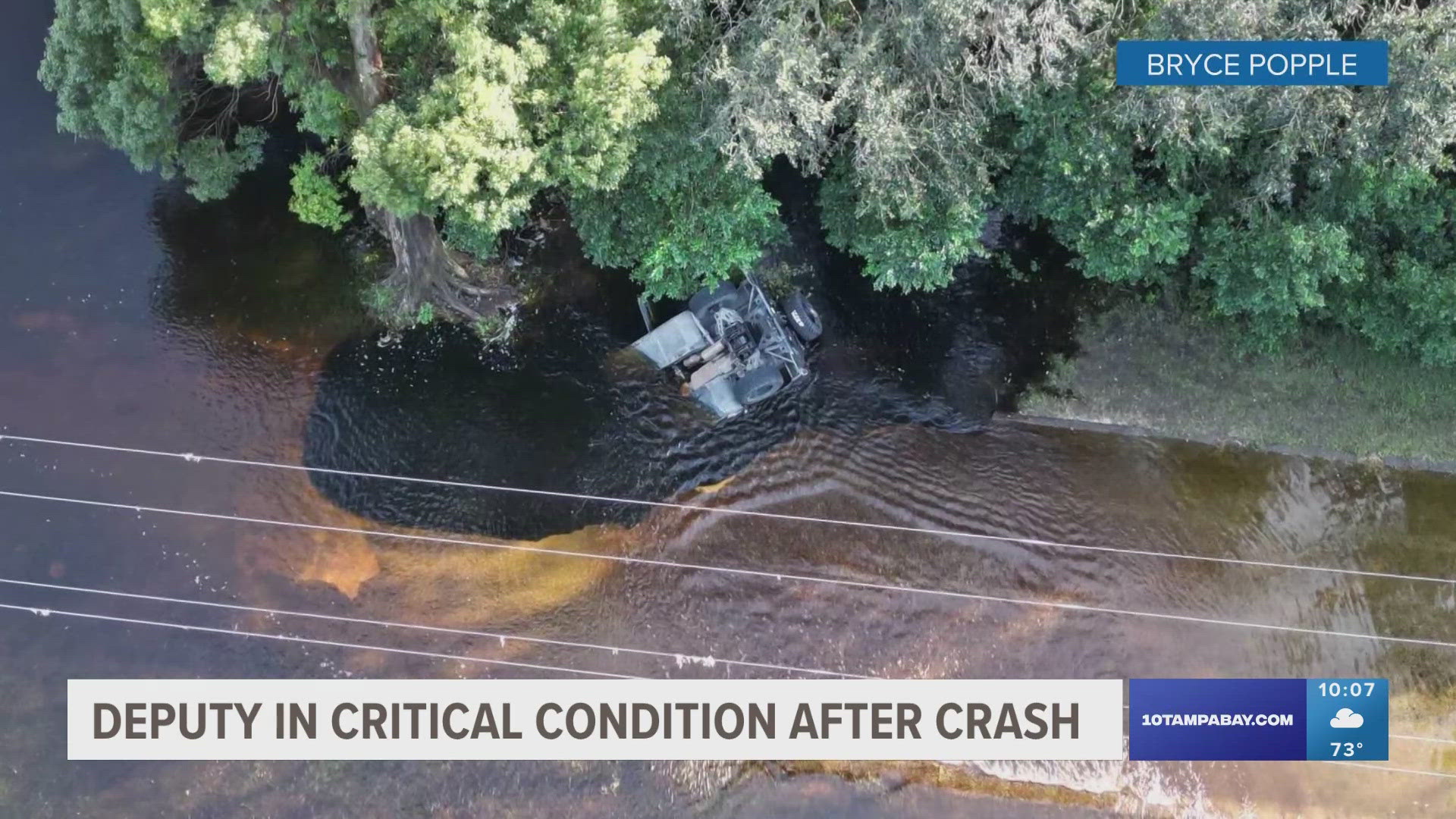ST. PETERSBURG, Fla. - One Tampa Bay wildlife expert, following two recent sightings of alligators in saltwater, said people were "more likely to get struck by lightning than encounter an alligator on the beach."
If one group of researchers are correct, then you should pay a lot more attention to the sky.
A Duke University-led paper published in Current Journal finds that as alligators and other large predators rebound from near-extinction, they're reclaiming their old hunting grounds - where humans now live.
"We can no longer chalk up a large alligator on a beach or coral reef as an aberrant sighting,” said Brian Silliman, the Rachel Carson Associate Professor of Marine Conservation Biology at Duke University’s Nicholas School of the Environment. “It’s not an outlier or short-term blip. It’s the old norm, the way it used to be before we pushed these species onto their last legs in hard-to-reach refuges. Now, they are returning.”
Alligators are not the only ones making a comeback. Sea otters, river otters, gray whales, gray wolfs, mountain lions, orangutans and bald eagles are among large predators returning to ecosystems and climatic zones once considered off-limits or too stressful.
Such indicates how adaptable they are, Silliman said.
“The assumption, widely reinforced in both the scientific and popular media, is that these animals live where they live because they are habitat specialists," he said. "Alligators love swamps; sea otters do best in saltwater kelp forests; orangutans need undisturbed forests; marine mammals prefer polar waters. But this is based on studies and observations made while these populations were in sharp decline. Now that they are rebounding, they’re surprising us by demonstrating how adaptable and cosmopolitan they really are.
Stingrays, sharks, shrimp, horseshoe crabs and manatees are among marine species that make up 90 percent of an alligator's diet while in seagrass or mangrove ecosystems - proving they can adapt very well to a saltwater habitat, Silliman said.
“It tells us these species can thrive in a much greater variety of habitats," he said. "Sea otters, for instance, can adapt and thrive if we introduce them into estuaries that don’t have kelp forests. So even if kelp forests disappear because of climate change, the otters won’t. Maybe they can even live in rivers. We will find out soon enough.”
►Make it easy to keep up to date with more stories like this. Download the 10 News app now.
Have a news tip? Email tips@wtsp.com, visit our Facebook page or Twitter feed.



